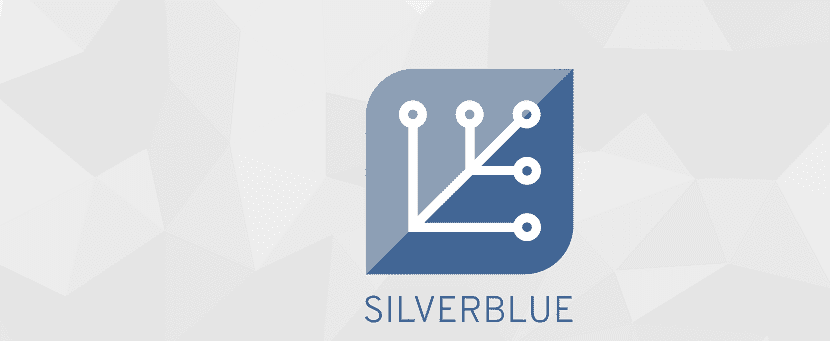
Fedora Silverblue (formerly known as Fedora Atomic Workstation) it is a modern and graphical operating system aimed at laptops, tablets and desktops whose main focus is to offer a system based on Flatpak applications.
It's the next-gen Fedora workstation It promises seamless updates, a clear separation between the operating system and applications, and secure, cross-platform applications.
The basic operating system is an immutable image of OSTree, and all applications are Flatpaks. Recently the developers in charge of the Fedora project have announced the start of testing of fedora toolbox.
About Fedora Toolbox
This is is a tool designed to make life easier for developers who often need to install several additional libraries and applications in terms of using Fedora Silverblue versions, which in the near future will be able to replace the classic Fedora workstation (supplied by Fedora Silverblue as a priority set for desktops is already considered in Fedora 30).
With Fedora ToolBox can unlock immutable OS image to install RPM via rpm-ostree and forgoing the benefit of upgrades or being able to create a Docker container for an RPM-based toolbox.
Remember that Fedora Silverblue editors differ from Fedora Workstation in monolithic delivery, without dividing the base system into separate packages, using an update mechanism.
All additional applications are installed in the form of flatpak packages that run in isolated containers.
The system image is indivisible and is built with OSTree technology (individual packages cannot be installed in such an environment, only the full system image can be rebuilt by expanding it with new packages using the rpm-ostree toolkit ).
In conditions where multiple libraries and small utilities are constantly required to be installed, this approach is inconvenient and Fedora Toolbox was offered as a way out.
Fedora ToolBox Features
Fedora Toolbox will allows you to run an additional sandbox that can be arbitrarily equipped with the help of the usual DNF package manager.
It is enough for the developer to run the command "fedora-toolbox create", after which, at any time, he can enter the environment created with the command "fedora-toolbox enter" and install any package using the dnf utility.
Fedora Toolbox is a tool that offers a familiar RPM-based environment for developing and debugging software on locked OSTree-based Fedora systems like Silverblue.
Such operating systems ship as immutable OSTree images, where it is difficult to set up a development environment with your favorite tools, editors, and SDKs.

A toolbox container solves that problem by providing an RPM-based mutable container.
It can be content-tuned and use DNF to install your favorite packages, all without worrying about breaking your operating system.
The toolbox environment It is based on the fedora-toolbox image. This image is customized so that the current user can create a tool container that integrates seamlessly with the rest of the operating system.
How to use Fedora ToolBox?
If they are going to try it must make sure you have the package runc-1.0.0-56.dev.git78ef28e in your Silverblue image.
As the developer comments:
There is also an ongoing review to add the Fedora Toolbox to Fedora.
If you're not comfortable with rpm-ostree on the command line, then fear not.
Very soon, all the necessary pieces will be part of the operating system image, making it much easier to start hacking your Silverblue.
In order to use this Fedora tool they must run all commands as root. To access it, just run:
sudo su
Done this you can now create a Fedora Toolbox container:
./fedora-toolbox create
This will create a container, and an image, called fedora-toolbox- : customized for your host user.
Finally, to enter the toolbox, just type:
./fedora-toolbox enter
Thanks for the article I find SILVERBLUE fascinating, unfortunately I downloaded it but it cannot be installed either on my desktop or on my laptop, let's see if I'm lucky and they improve the installer to be able to "get my hands on it"
The strange thing is that in other communities - like the one in Manjaro that I use - the flatpak LXC and the OSTree don't care much.
Written this, Fedora toolbox is not a normal Fedora in LXC? or have I got it wrong?
I read that the LXCs were going to have GPU passthrough or something similar in performance. Do you know anything about this? Because when I arrive ...
Will all OSs be able to be installed on these LXCs even emulating SoCs with near-native GPU speeds?
The description is totally wrong, Fedora toolbox creates a mutable environment, but isolated from the operating system, much like creating an image with docker, but using fedora as a base, and dnf packaging.
Hello. Is it possible to access the environment created graphically or is it only accessible via terminal? Thanks.